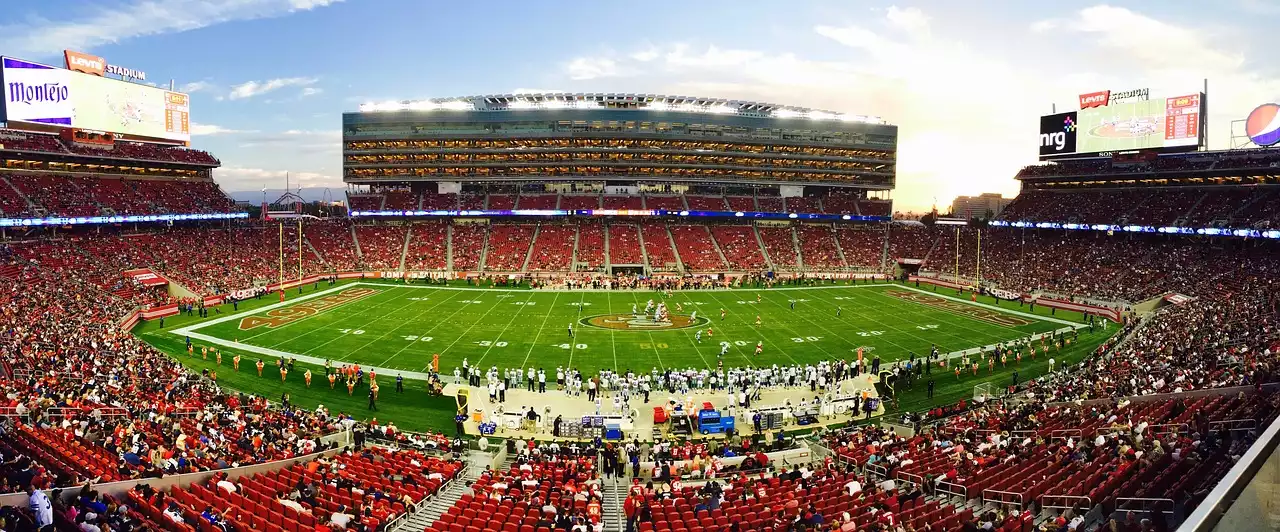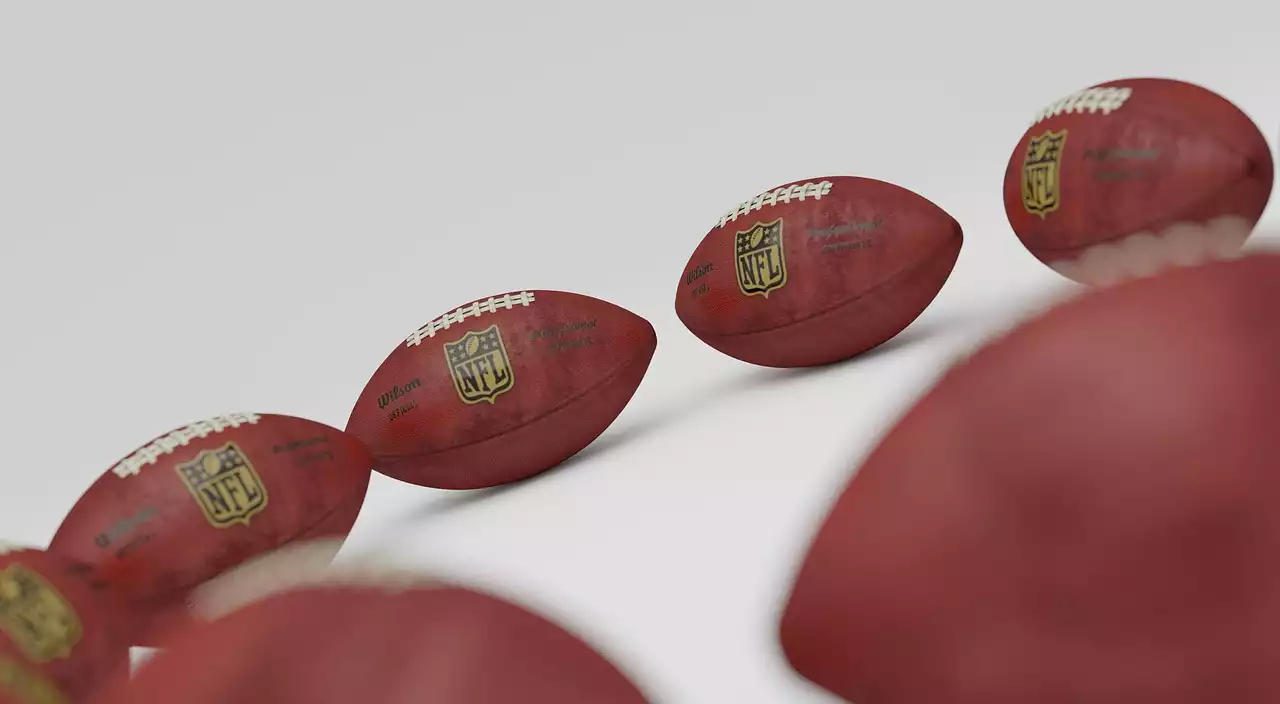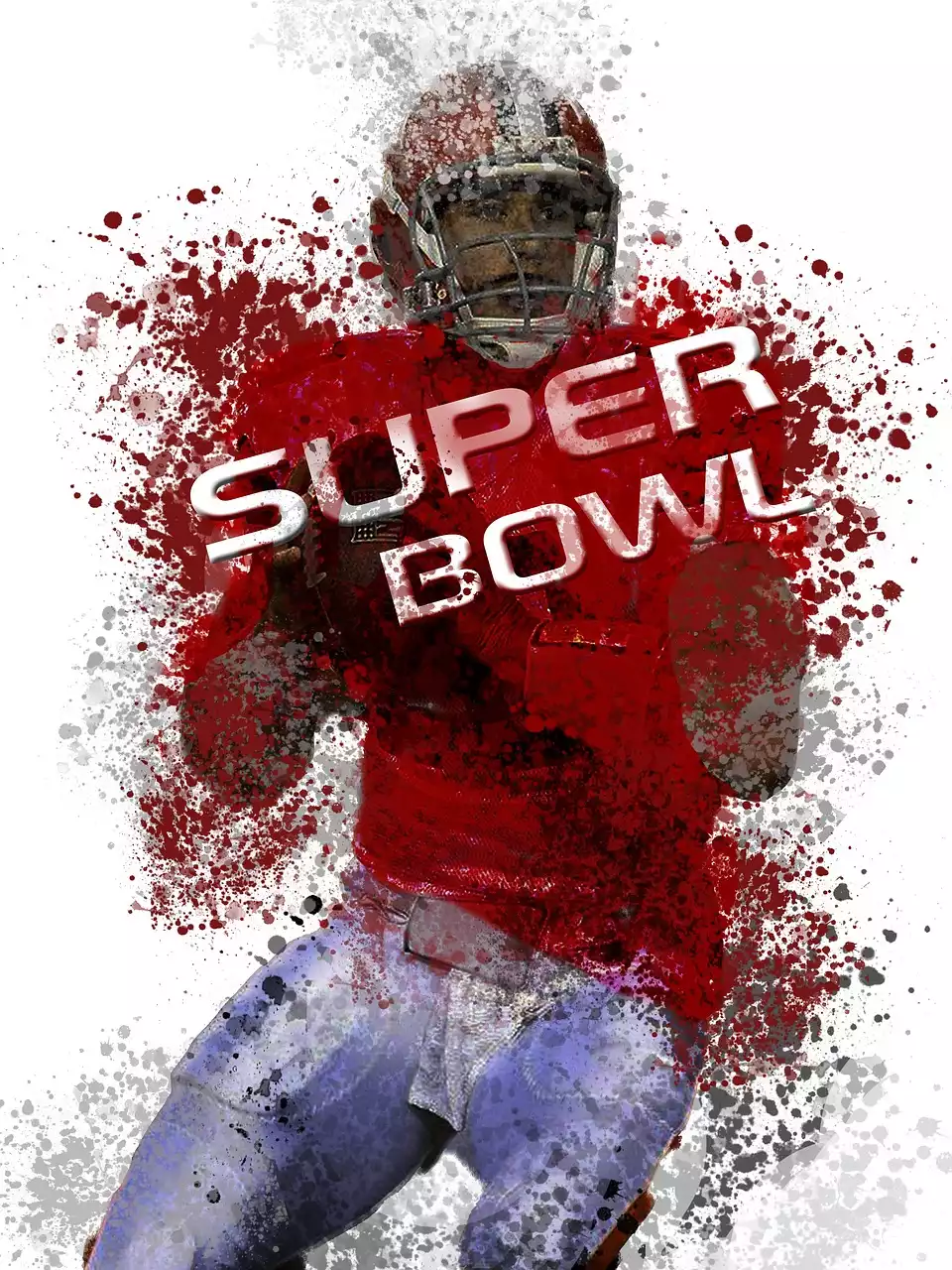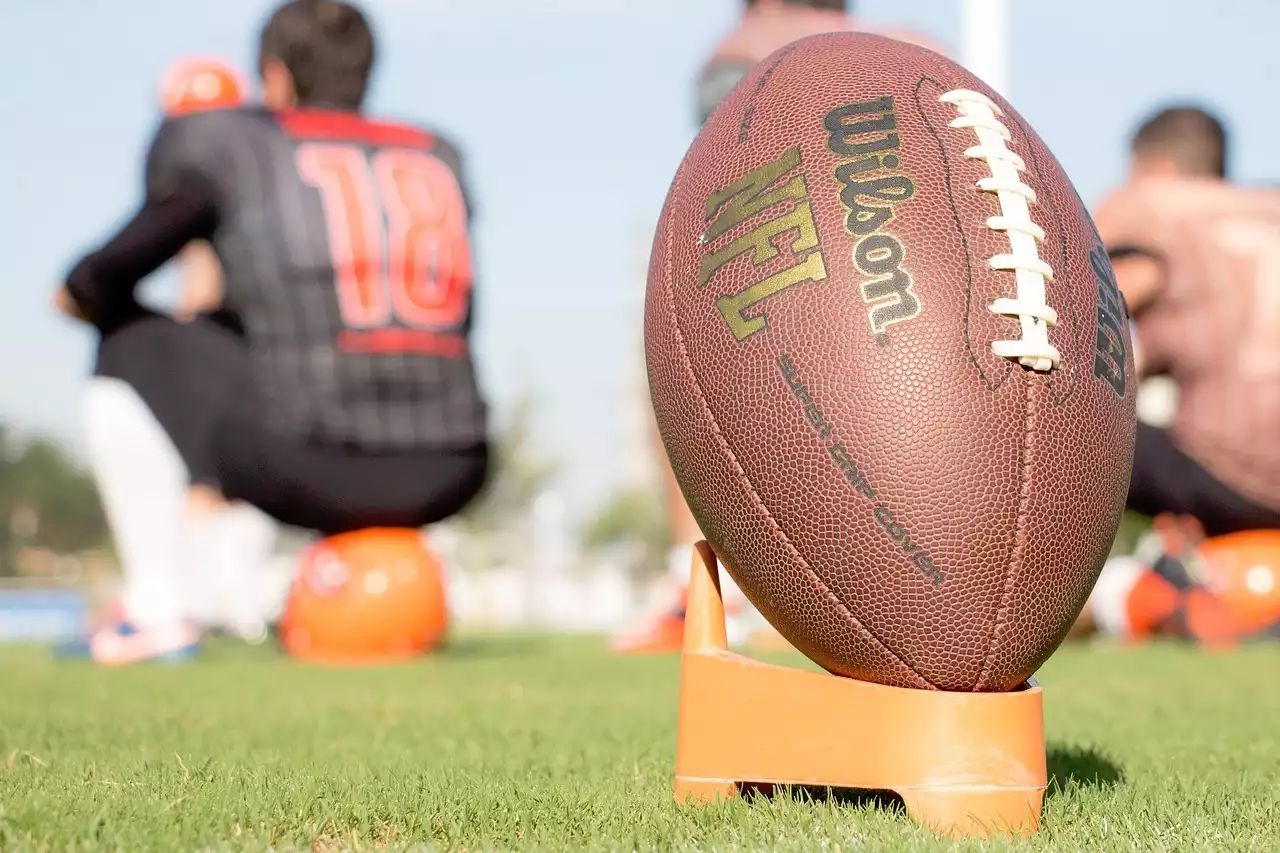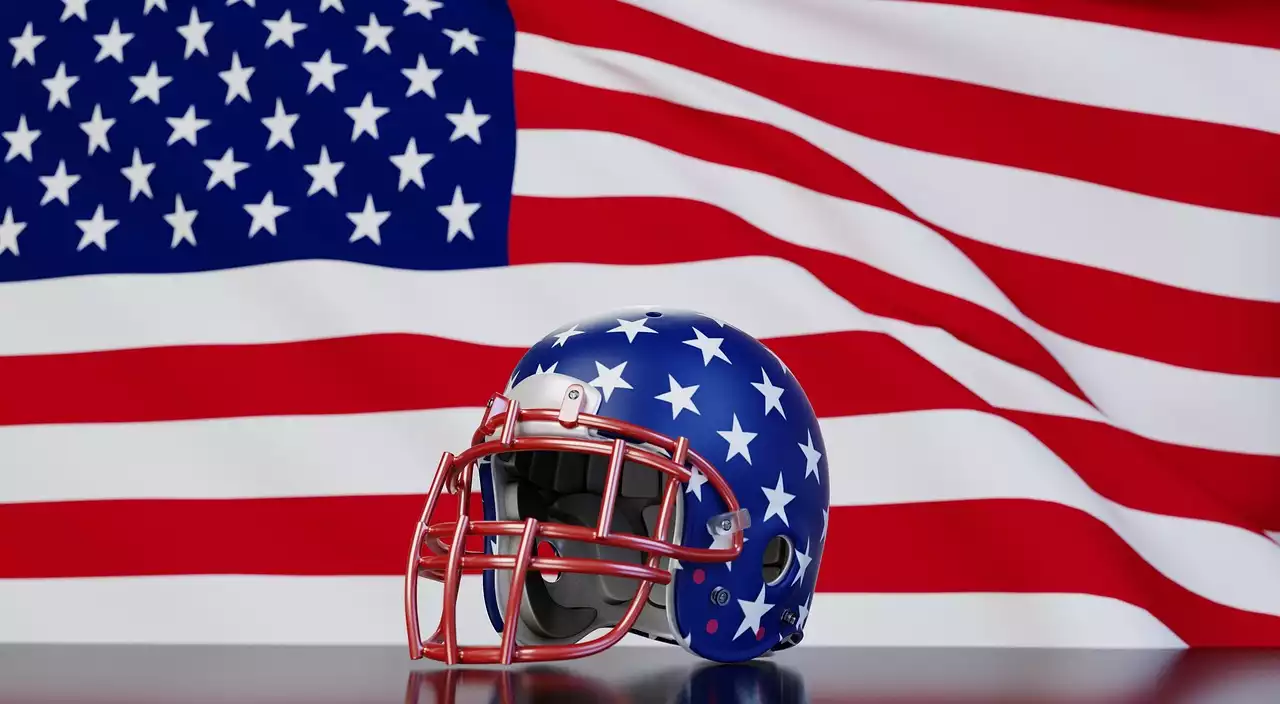The Origins of American Football
The game of American football has its roots in rugby football and association football, which were popular in the late 19th century. The first American football game was played between Princeton and Rutgers in 1869, but it wasn't until the early 1900s that the sport began to take shape. At this time, college football was the dominant form of the game, with rules that were very different from what we know today. For example, forward passes were not allowed, and players were not required to wear helmets or pads.
In 1920, a group of team owners came together to form the American Professional Football Association (APFA), which later became the NFL. The APFA consisted of 10 teams from the Midwest, including the Chicago Bears, the Chicago Cardinals, and the Green Bay Packers. Over the next few years, the league grew in size and popularity, with new teams being added and rules being changed to make the game safer and more exciting. By 1933, the NFL had become the premier professional football league in the country.
The Early Years of the NFL
The early years of the NFL were marked by a lack of structure and stability. Teams came and went, and there was no clear hierarchy or system for determining a champion. In 1933, however, the league established a playoff system to determine the NFL champion at the end of the season. This system has evolved over the years and now consists of 12 teams competing in a single-elimination tournament that culminates in the Super Bowl.
The 1950s and 1960s were a time of great change for the NFL. The league expanded to include teams from across the country, and new stars emerged, such as Jim Brown, Johnny Unitas, and Bart Starr. The popularity of the NFL continued to grow, and by the 1970s, it had become a cultural phenomenon. The league's television contracts brought in millions of dollars in revenue, and the Super Bowl became a national event watched by millions of people around the world.
The Merger with the AFL
In 1960, the American Football League (AFL) was formed as a rival to the NFL. The AFL consisted of eight teams, including the New York Jets, the Houston Oilers, and the Kansas City Chiefs. The two leagues competed for players, fans, and television contracts, which led to a bidding war that drove up player salaries and forced the leagues to merge in 1970. The merger created the modern NFL, which now consists of 32 teams divided into two conferences, the AFC and the NFC.
The Modern NFL Structure
The modern NFL consists of 32 teams divided into two conferences, the AFC and the NFC. Each conference is further divided into four divisions, and each team plays a 16-game schedule during the regular season. The top six teams from each conference qualify for the playoffs, with the top two teams in each conference receiving a bye in the first round. The playoffs consist of three rounds, culminating in the Super Bowl, which is played on the first Sunday in February.
The NFL also has a number of rules and regulations that govern the game. These include the salary cap, which limits the amount of money that teams can spend on players, and the franchise tag, which allows teams to keep a key player for an additional year by offering him a one-year contract at the average of the top five salaries at his position.
The Role of the Commissioner
The commissioner is the head of the NFL and is responsible for overseeing the league's operations. The commissioner is elected by the team owners and serves as the league's chief executive officer. The commissioner has the power to discipline players, coaches, and teams for violating league rules, and he also has the authority to make decisions on issues such as player safety and league expansion.
The NFL Draft
The NFL draft is an annual event in which teams select new players to join their teams. The draft consists of seven rounds, with each team selecting one player in each round. The order of the draft is determined by the teams' performance in the previous season, with the worst-performing team selecting first and the Super Bowl champion selecting last. The draft is a crucial part of the NFL's talent acquisition strategy, and teams spend months scouting players and developing draft boards to help them make the best selections.
The Impact of Technology on the NFL
Technology has had a significant impact on the NFL in recent years. The league has embraced new technologies such as instant replay, which allows officials to review calls on the field and make more accurate decisions. The NFL has also invested heavily in digital platforms, such as the NFL app and NFL Network, which allow fans to access live games and highlights from their mobile devices.
The Future of the NFL
The NFL faces a number of challenges in the coming years, including concerns about player safety and the declining popularity of traditional television. The league has taken steps to address these issues, such as implementing new rules to make the game safer and investing in digital platforms to reach younger fans. The NFL also faces competition from other sports leagues and entertainment options, such as streaming services and video games. However, the NFL's enduring popularity and strong financial position suggest that it will continue to be a dominant force in American culture for years to come.
